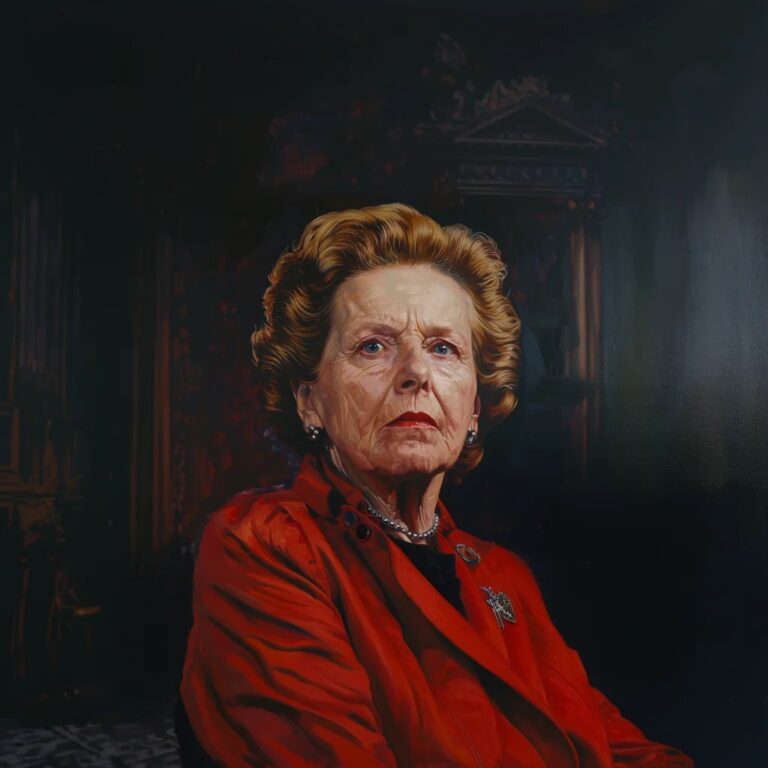Margaret Thatcher was born on October 13, 1925, in Grantham, England.
She studied chemistry at the University of Oxford and worked as a research chemist before entering politics.
Thatcher became the leader of the Conservative Party in 1975, making her the first woman to lead a major political party in the UK.
She was the Prime Minister of the United Kingdom for over 11 years, the longest continuous period in office since the early 19th century.
Thatcher's economic policies, known as 'Thatcherism,' emphasized deregulation, privatization, and reducing the power of trade unions.
She was the first British Prime Minister to win three consecutive general elections in the 20th century.
Thatcher played a key role in ending the Cold War, working closely with US President Ronald Reagan and Soviet leader Mikhail Gorbachev.
She survived an assassination attempt by the Irish Republican Army (IRA) in 1984 at the Brighton hotel.
Thatcher was known for her strong will and unwavering conviction, earning her the nickname 'Iron Lady' from a Soviet journalist.
She introduced the controversial 'poll tax,' which led to widespread protests and riots in the UK.
Thatcher was the first woman to be appointed as Secretary of State for Education and Science in 1970.
She was the first British Prime Minister to hold a science degree.
Thatcher was awarded the Order of Merit by Queen Elizabeth II in 1990.
After leaving office, she wrote her memoirs and gave lectures around the world.
Margaret Thatcher passed away on April 8, 2013, and received a ceremonial funeral with military honors.



